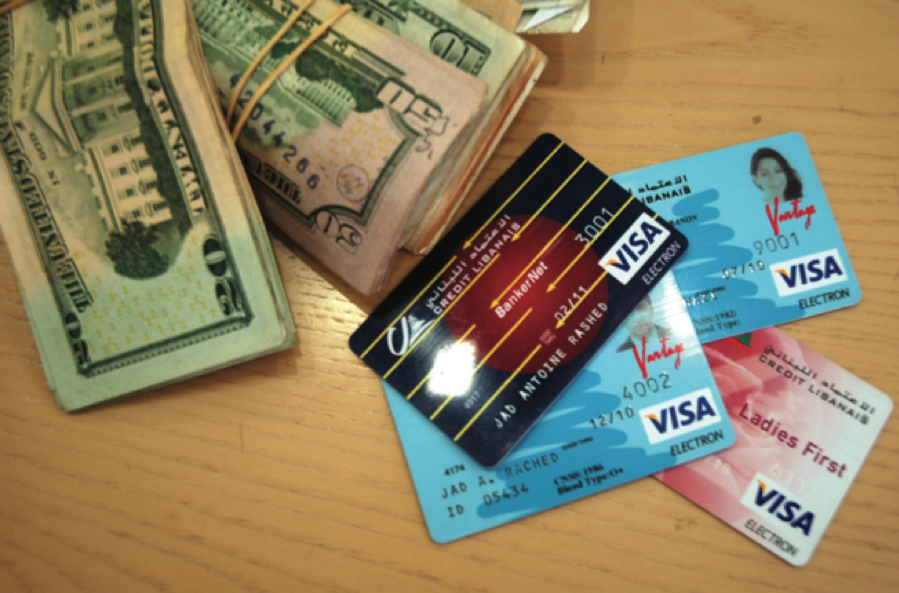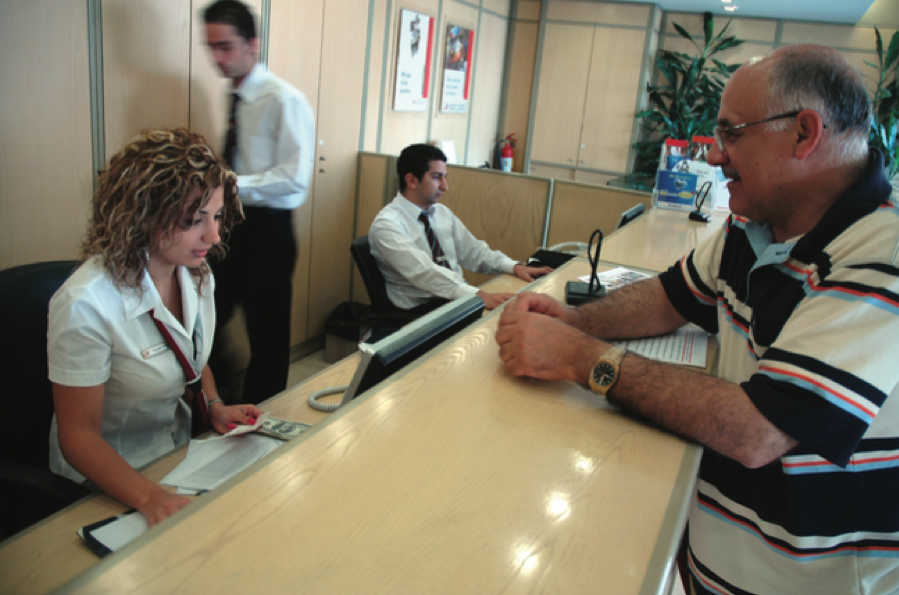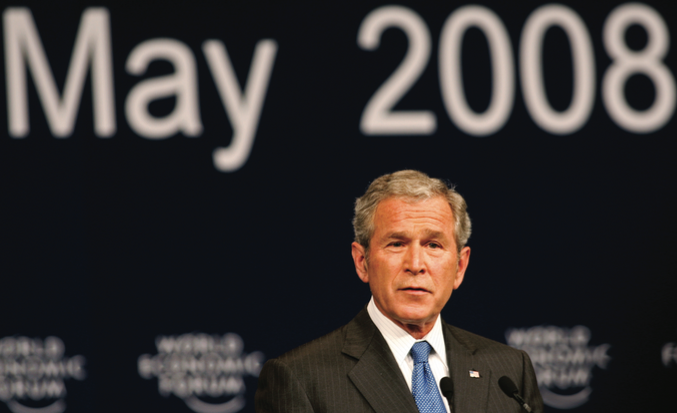Lebanese banks have long operated in a different category from the real Lebanese economy, with deposits and accounts experiencing year-on-year growth as the country’s general economic outlook was, at best, far from dynamic.
The country’s recent turbulence has done nothing to change this scenario. As Walid Raphael, deputy general manager of Banque Libano-Francaise, pointed out, there was negligible negative activity at Lebanese banks in May, and during 2006’s July War, only 3.5% of the money in Lebanese bank accounts were transferred abroad. “All the money came back before the end of the year,” he added.
Likewise, the assassination of former Prime Minister Rafik Hariri in 2005 only dented the sector’s books by 2.5% in outside transfers. Contrasted to some Saudi Arabian banks during the Gulf War, where up to 30% of assets were withdrawn, Lebanese banks know how to weather a storm.
“At each crisis we had an outflow of funds, and then funds came back,” said Semaan Bassil, Vice Chairman and General Manager of Byblos Bank. “This has been the same since the 1990s. Despite this deposits have risen from $5 billion to over $69 billion today.”
Indeed, the figures speak for themselves. According to the Central Bank, the consolidated balance sheet of Lebanese financial institutions reached $662.5 million at the end of February, up 21.6% from $544.7 million in the same period last year, while liabilities to the private sector increased 33.2% to $128.9 million, and assets were up 2.4% to $193.3 million.
But the instability of the past few years have, understandably, impacted on the sector. Banks have mulled the possibility of moving head offices elsewhere in the region, economic growth (in real terms) has been lower than potential, and banks are marketing to an increasingly fractured while also shrinking bankable populace.
With the country over-banked, particularly for such a small population, coupled with the exodus of Lebanese abroad in search of work, both white- and blue-collar alike, banks are looking outside for extra business. And for many Lebanese banks, external markets are forming the backbone of future plans, with some, like Byblos Bank, aiming for 50% of all activities in the next five years to come from outside.
An eye on expatriate cash
For a country that derives 25% of its GDP from external remittances, at some $5.72 billion in 2006, tapping into that market and the growing Lebanese diaspora is, essentially, a no-brainer. How many Lebanese account holders are living overseas is difficult to estimate, said Raphael, what with Lebanese based in the country but also travelling for work. Semaan Bassil, on the other hand, said “a large percentage of deposits are generated by Lebanese from other countries’ economies including the Gulf, Europe, Africa and the US, and those funds have shown their stability in the Lebanese banking sector over a long period of time despite all the crises.”
One thing is clear however, money earned outside Lebanon is having positive effects for the country.
This is particularly evident in the booming real estate market, which is being driven by Lebanese rather than in previous years when Gulf investors dominated the sector.
“Since the beginning of the year we’ve seen very large flows of money into real estate, and loans are mainly for real estate projects,” said Raphael. He attributed this to three primary factors. One, that Lebanese living abroad will return, two, Lebanese are comparing prices of real estate in the region and Lebanon is considered relatively cheap, and three, fear of inflation and the depreciating value of the US dollar in purchasing power terms. Indeed, for most banks, between 70-90% of loans are in greenbacks.
Over the last year and a half banks have been more aggressive in terms of retail products, and are now customizing for the diaspora.
“Lebanese banks have been offering the diaspora an interest rate premium on deposits at 1-3%,” said Bassil. Higher interest rates, banking secrecy and side stepping tax laws are also factors for expatriate Lebanese to keep accounts in Lebanon rather than outside, he added.
To tap into this market effectively, Lebanese banks are following their clients.
“We are not trying to find new markets as we have a very active client base, so we follow our clients, from Lebanon and Syria,” said Raphael. As a result, Banque Libano-Francaise is expanding from its established overseas markets in France, Switzerland and Cyprus to secure a license this year to operate in Syria, has applied for a representative office in Abu Dhabi and is looking to enter African markets.
Other banks are being somewhat more adventurous, driven by the need for survival. “Over 50 banks are trying to eat from the same pie, so they’re going abroad,” said Bassil.
As Roger Dagher, manager of financial control at the Bank of Beirut, put it: “Expanding outside Lebanon is not an option for the Bank of Beirut, it is a necessity. Constrained by the small Lebanese economy we have developed an expansion strategy that has led us to operate in nine countries — Lebanon, Britain, Cyprus, the UAE, Oman, Sudan, Nigeria, Iraq, and Qatar — through wholly-owned subsidiaries, foreign branches, representative offices, and strategic partnerships.” The bank also has “concrete plans” to open or acquire banks in Syria, Africa and Europe.

Expanding out
Other banks are pursuing similar strategies, with “each bank finding an intelligent way to go overseas,” said Bassil.
BLOM Bank recently entered Saudi Arabia with $26 million in capital for investment arm BLOMINVEST, in April 2008 was granted a license to open a subsidiary at the Qatar Financial Center, and opened a representative office in Abu Dhabi to complement BLOM Bank France’s two branches in Sharjah and Dubai. Meanwhile, the Lebanese-Canadian Bank is investing in Algeria, Bank Audi in Saudi Arabia and Sudan, Bank Med in Turkey, and Credit Libanais, which has branches in Canada, Bahrain and Cyprus, is aiming to expand into Senegal and the Ivory Coast.
“The Lebanese diaspora offers banks with a new segment, and on the diaspora level, the market is certainly not saturated,” said Alain Hakim, assistant general manager at Credit Libanais.
With Lebanese banks making up the majority of foreign private banks in the burgeoning Syrian market, Africa is increasingly becoming the new target. “Now is the right time to enter the African continent, especially as the West increasingly relies on its large source of raw materials,” said Bassil, in addition to pent up demand in emerging markets for loans.
The advantage Lebanese banks have in such emerging markets is the know-how gained in the immediate post-civil war years of operating in a non-transparent and difficult market, as well as Lebanese banks having adopted Basel II and best practice procedures, bolstered by the reputation of the Central Bank with international regulators.
Such expansionist plans will effectively reduce banks reliance on Lebanon. “Currently, 20% of Byblos’ activities and profits are from outside, and in the next five years we’re aiming for up to 50%,” said Bassil.
Raphael said that all banks are aiming for similar figures to have a diversified income.
“If you look at our exposure, nearly half is outside Lebanon, so you can say in terms of loans, financial activities, and sources of payment, half is already outside of Lebanon,” he added.
For the time being, as banks prepare to enter new markets, overcoming human resource issues is one of the most pressing concerns. And with the recent stability in the country, the domestic market will again be a focus for banks, although not to the same degree as external operations.










